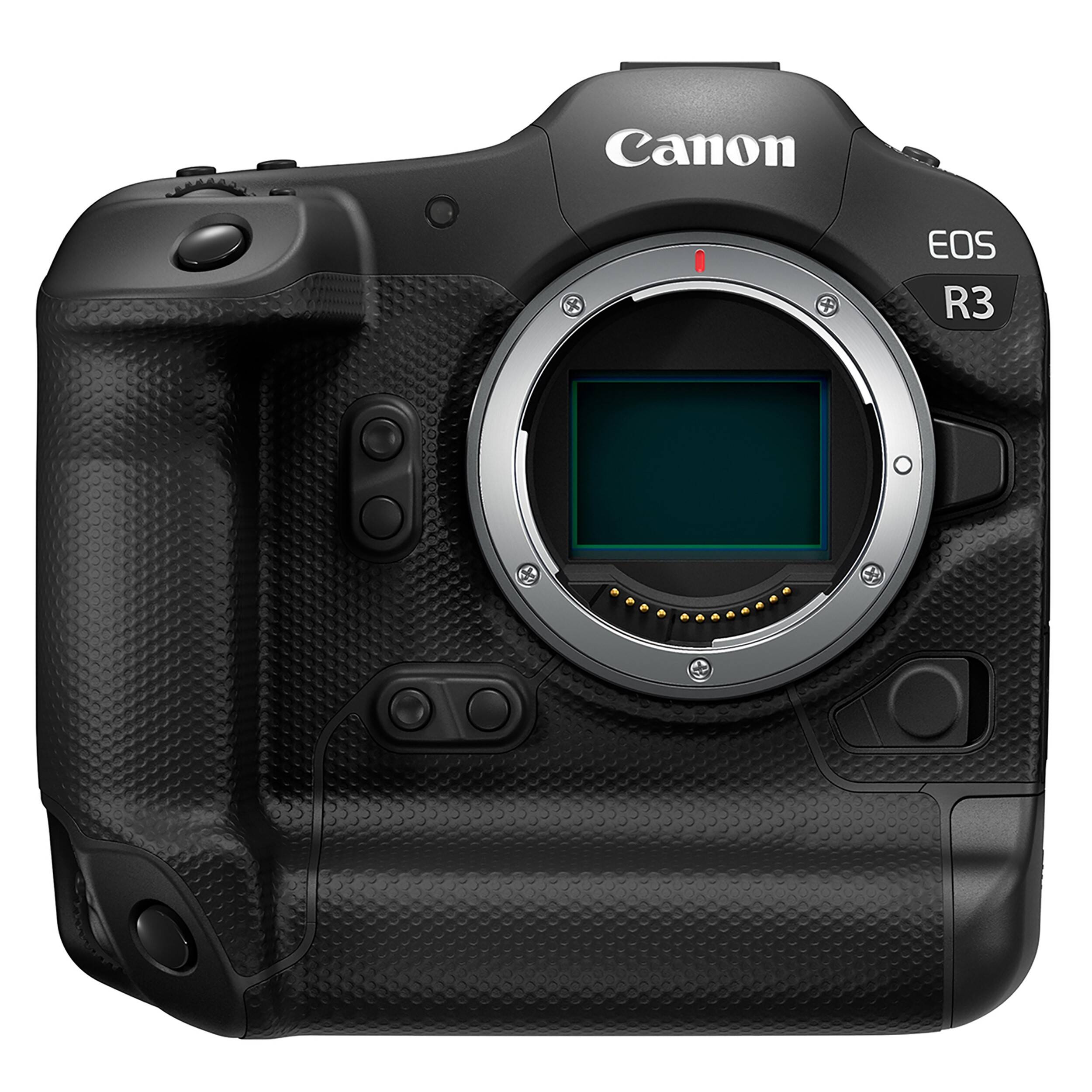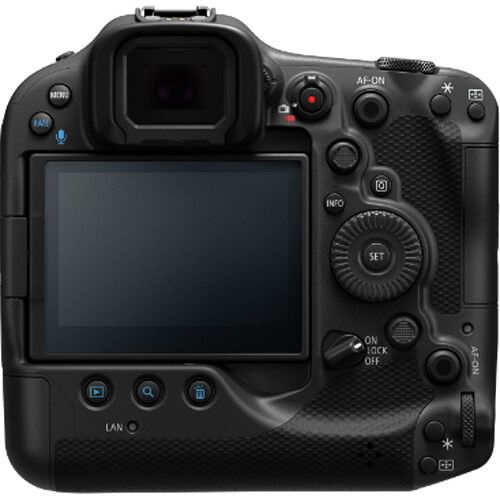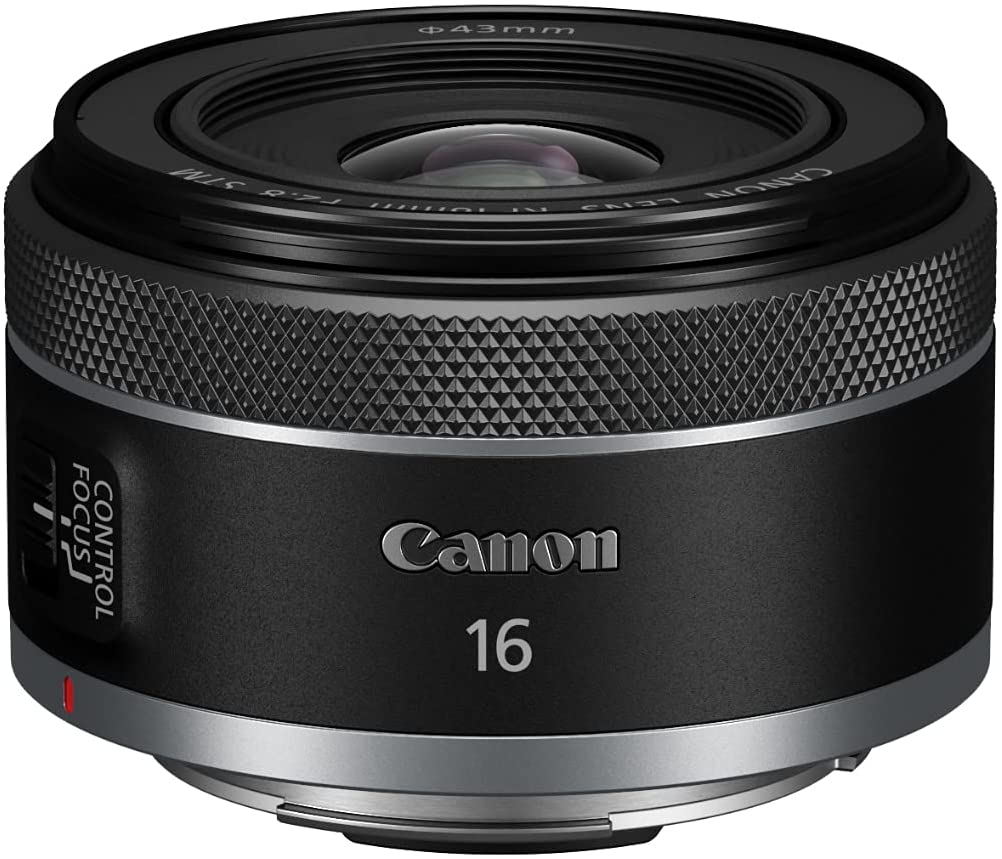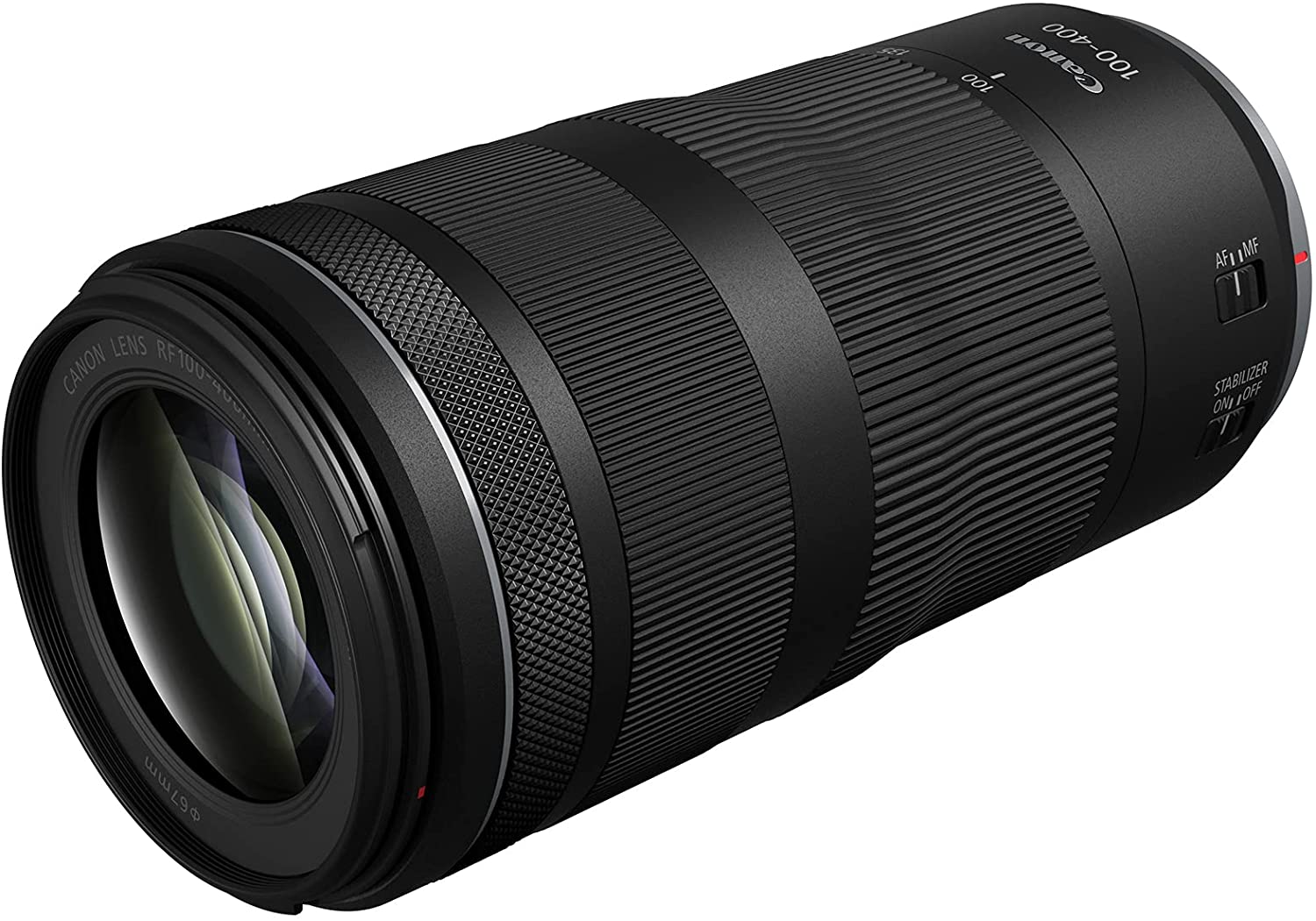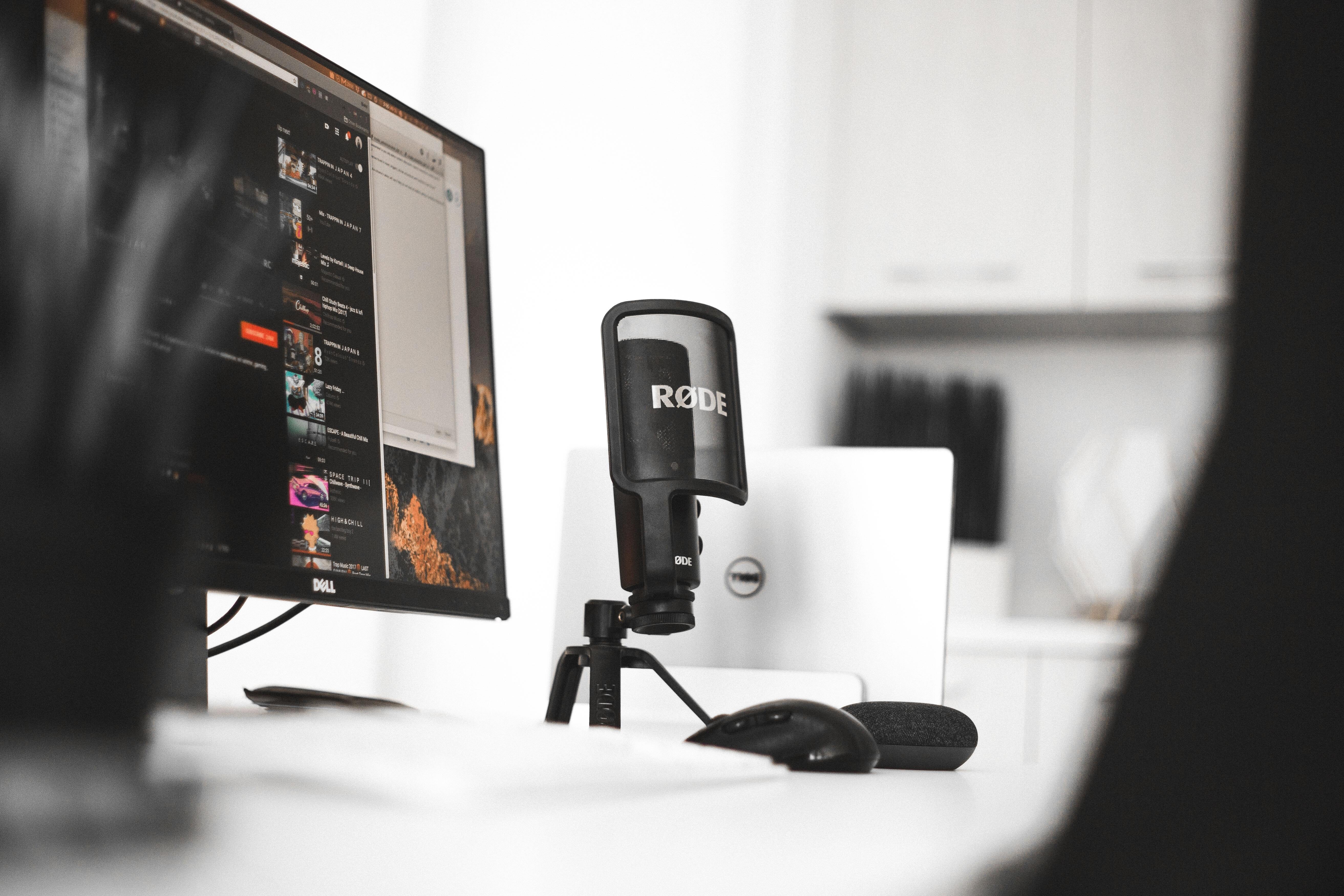The Canon EOS R3 is designed to capture the fastest moving action flawlessly, meeting the exacting demands of professional shooters who require ultra-responsiveness, high sensitivity, reliability and durability from their main camera body.
Constructed from magnesium alloy and polycarbonate with glass fibre, the R3 weighs in at a sturdy 822g (1015g with card and battery, approximately 425g lighter than the 1D X Mark III and just under 300g heavier than the R5). It takes Canon’s rechargeable Li-ion LP-E19 batteries, as traditionally seen in Canon’s 1D line. The weather sealing and ergonomics are very much reminiscent of a beefy pro-level Canon DSLR, with a hefty side grip and built-in battery grip that will be familiar to 1D X users, and a fully-articulating LCD touchscreen that has been a stock-standard Canon feature in their cameras for years. Also standard fare is the dual memory card slots, taking one CFexpress type 8 card and one SD card, as seen in the Canon R5. What is new, however, is the addition of Canon’s Multi-Shoe, which allows various functions, such as the mounting of a shotgun microphone, Canon’s new wireless controller for external flashes, and possibly third-party XLR inputs.
One of the R3’s main drawcards is its explosive 30 fps continuous stills shooting in burst mode using the electronic shutter (12 fps max with the mechanical shutter). This impressive performance is made possible by the powerful coupling of its 24.1 megapixel Back-Illuminated CMOS Sensor — a first for Canon — and DIGIC X Processor. Pairing these components with up to 8-stops of in-body and optical stabilisation (depending on the lens used), the R3 offers a fast and reliable shooting experience, delivering smooth video footage and crisp shots, even when shooting handheld or on longer lenses.
Since the debut of their Deep Learning algorithm with the 1D X Mark III, Canon has been the industry leader in terms of face- and eye-detection autofocus performance and the R3 is no exception. The R3 features Canon’s Dual Pixel CMOS AF II, with 100% coverage provided by up to 4779 AF positions available in manual selection mode when shooting stills, and 1053 available when automatic selection is used. As we have come to expect from Canon’s latest professional mirrorless cameras, the R3 boasts Canon’s signature revolutionary tracking autofocus. However, not only is it capable of tracking humans, dogs, cats and birds, but it also possesses the ability to track racing cars and motorbikes, making it uniquely suited to motorsport photographers who demand the most accurate and rapid performance from their gear.
While some might think that the Canon EOS R3 is predominantly aimed at photographers, it is no slouch on the video front either. Video shooters can enjoy a maximum of 6K RAW 12-bit 4:2:2 in C-Log 3 at 59.94 fps and 2600 Mbps, using the CRM file format. MP4 and MOV file formats are also available, both with and without C-Log 3, at a maximum of DCI 4K 119.9 fps at 1880 Mbps. Via the HDMI, videographers can output a maximum of uncompressed 4:2:2 10-bit DCI 4K at 59.94 fps.
The Canon EOS R3 is expected to be available for purchase in November 2021. Check it out now on Orms Direct.
CANON ADDS TWO NEW RF LENSES TO THEIR LINEUP
In addition to the launch of the R3, Canon has announced that they will be adding two new RF lenses to their current range of mirrorless glass: the RF 16mm f/2.8 STM and RF 100-400mm f/5.6-8 IS USM.
The RF 16mm f/2.8 STM is compact and affordable, making it an ideal companion to any of Canon’s R series cameras. It offers an ultra-wide field of view and speedy f/2.8 aperture, perfectly suited to interior photography, capturing landscapes, vlogging setups, and for use as a webcam lens when paired with the EOS Webcam Utility software. Additionally, it has a close focusing distance of only 13cm, enabling shooters to get up-close to their subjects, while still keeping the background visible.
Discover the 16mm f/2.8 STM on Orms Direct.
Lastly, the RF 100-400mm f/5.6-8 IS USM is a compact telephoto lens, perfect for those who want to combine their lightweight Canon mirrorless cameras with some portable glass that is uniquely suited to wildlife and sports photography. It boasts fast Nano USM focusing and up to 6 stops of IS when paired with an EOS R series body that features in-body IS. It accepts both the RF 1.4x and 2x tele-extenders, and the control ring on the lens barrel allows for rapid setting changes, including shutter speed and aperture.
Find out more about the RF 100-400mm f/5.6-8 IS USM on Orms Direct.
